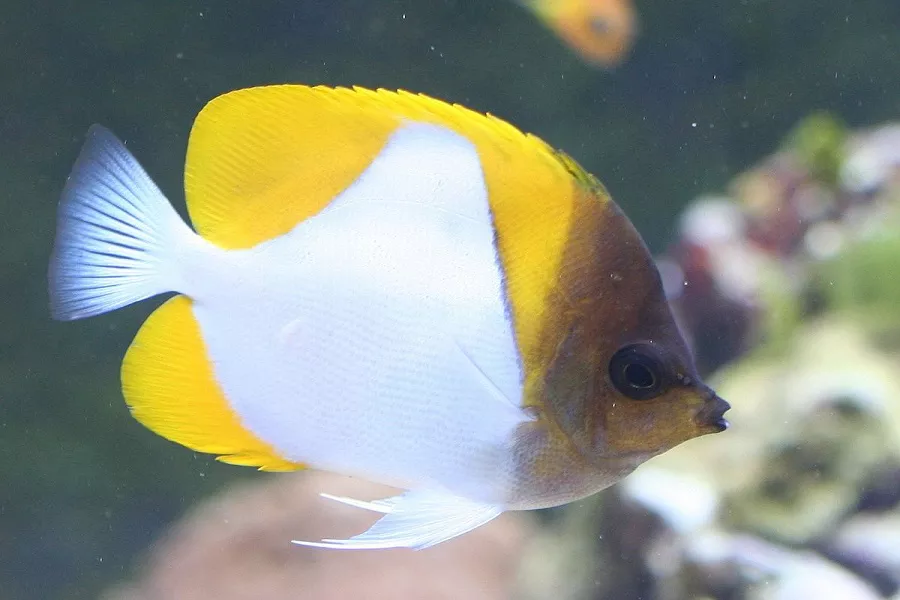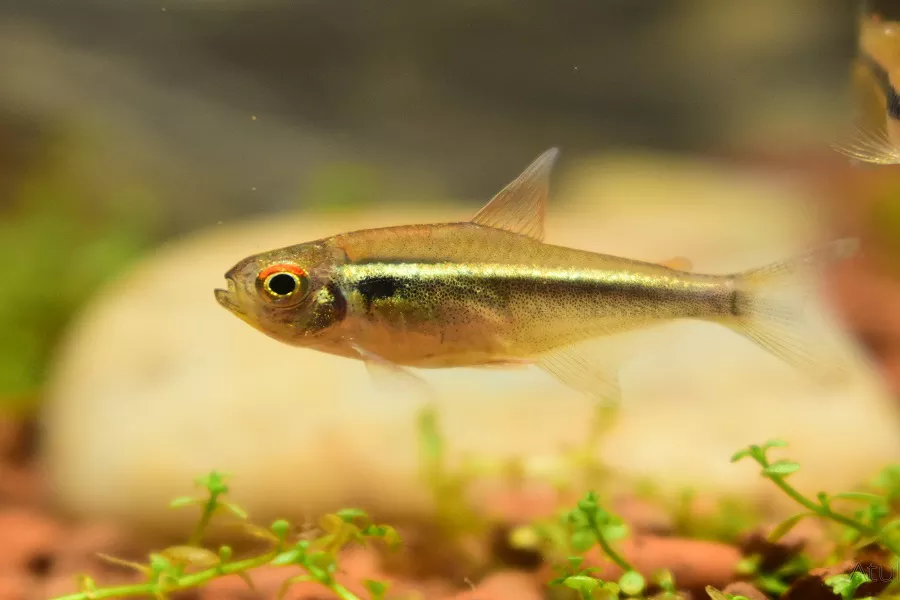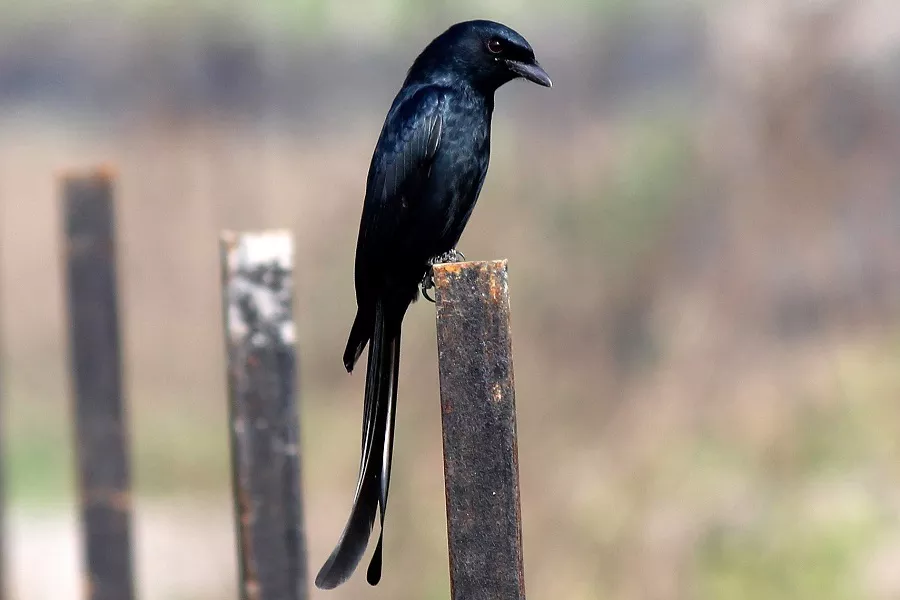Angora Rabbit is a world-famous breed of fur-type rabbits, a kind of long-haired rabbit. Its hair is thick and slender, and the network is also called grass mud rabbit. According to the data of the international ARBA organization, it originated from the Angolan province of Turkey. Another theory is that it originated in the United Kingdom and was bred by the French. It was named the angora rabbit because of its slender hair, which is a bit like an angora goat. Because the French royal family kept them as pets in the mid-18th century, it became popular in Europe at the end of the century. Angora rabbits first appeared in the United States in the early 20th century, and were introduced in China in 1926.
Angora Rabbit Care Knowledge
In the maintenance of Angora rabbits, the most difficult thing is the hair. The problem that hair can cause is not just knots. Angora rabbits are prone to accidentally ingest hair into their stomachs, causing angora rabbits to develop hairballs.
Like other rabbits, Angora rabbits need to be raised on a large amount of hay. Fiber obtained from hay can help prevent hair clumps. It is also strongly recommended that Angora rabbits or other long-haired rabbit breeds use pelleted feed containing at least 13% fiber, which can be found in the Nutrition Facts table on the feed bag. In addition, dehydration can lead to fecal impaction, so provide plenty of water and lick salt to facilitate drinking.
Because rabbits digest their hair when they groom themselves, at least once every 90 days or so is considered necessary to prevent the appearance of hard lumps. A dietary supplement of papaya (a grocery-store papaya vitamin) helps them break down hard hairs in their digestive tract. Swallowed hair cannot be coughed up or vomited, and once its digestive tract fills with swallowed hair, it will slowly starve to death. Hard lumps of hair can also be fatal if left untreated.
A wide space is reserved in the rabbit cage for the rabbit’s activities and daily placement of fresh, equine hay feed, which helps the rabbit’s hair clear from its digestive system and prevents the appearance of hair lumps, a method that is useful for many professional angora rabbits. widely used by breeders. There is also a common method, that is, adding fresh pineapple and papaya to the feed. The bromelain and papain they contain can help break down (proteolytically decompose) hard hair in the body and expel it from the rabbit’s digestive system. Another way to loosen it up is to place a pine cone for the rabbit to play with. Rabbits will keep nibbling and throwing pine cones, which become an effective hair collector in a rabbit cage. Replace pine cones when they are chewed or covered in hair.
Angora Rabbit Feeding Points
The food of the Angora rabbit is very simple. This is an animal that only needs grass, but for the needs of the teeth and the body, the Angora rabbit can be supplied with food 24 hours a day, which will not have any adverse effects on him.
1. Feeding Angora Rabbits
Rabbits are almost complete herbivores. Because rabbits have 28 teeth that grow continuously for life, they need to eat a lot of hay to achieve the effect of grinding their teeth. Otherwise, the teeth are too long and are prone to various diseases. Rabbits should not eat vegetables and fruits as the main food. Long-term eating can easily cause teeth occlusion problems. The lack of crude fiber in the stomach can cause gastrointestinal stagnation. It is a misunderstanding that rabbits love carrots. Feeding vegetables to rabbits is also a very backward feeding method. .
The scientific feeding method is: regular and quantitative rabbit food every day, unlimited hay supply 24 hours a day (timothy grass or Australian oat grass can be used as the main grass, grass and other rabbits in the lawn cannot be eaten), and uninterrupted supply of drinking water (It is best to use a ball-ball kettle, drinking from a bowl is easy to get stomatitis). In addition, rabbits can be trained to develop good toilet habits.
2. Can Angora rabbits drink water?
There is no creature on earth that does not need water! There are still people who believe in the superstition that letting rabbits drink water will kill them immediately, and even pet stores will tell owners that it is best not to give water. Rabbits, like other animals, will die if they don’t drink water. Some people think that vegetables and weeds that contain a lot of water contain enough water in these foods. This idea is wrong! The molecular form of water in fruits and vegetables is different from that of drinking water, and it cannot replace the role of drinking water!


























